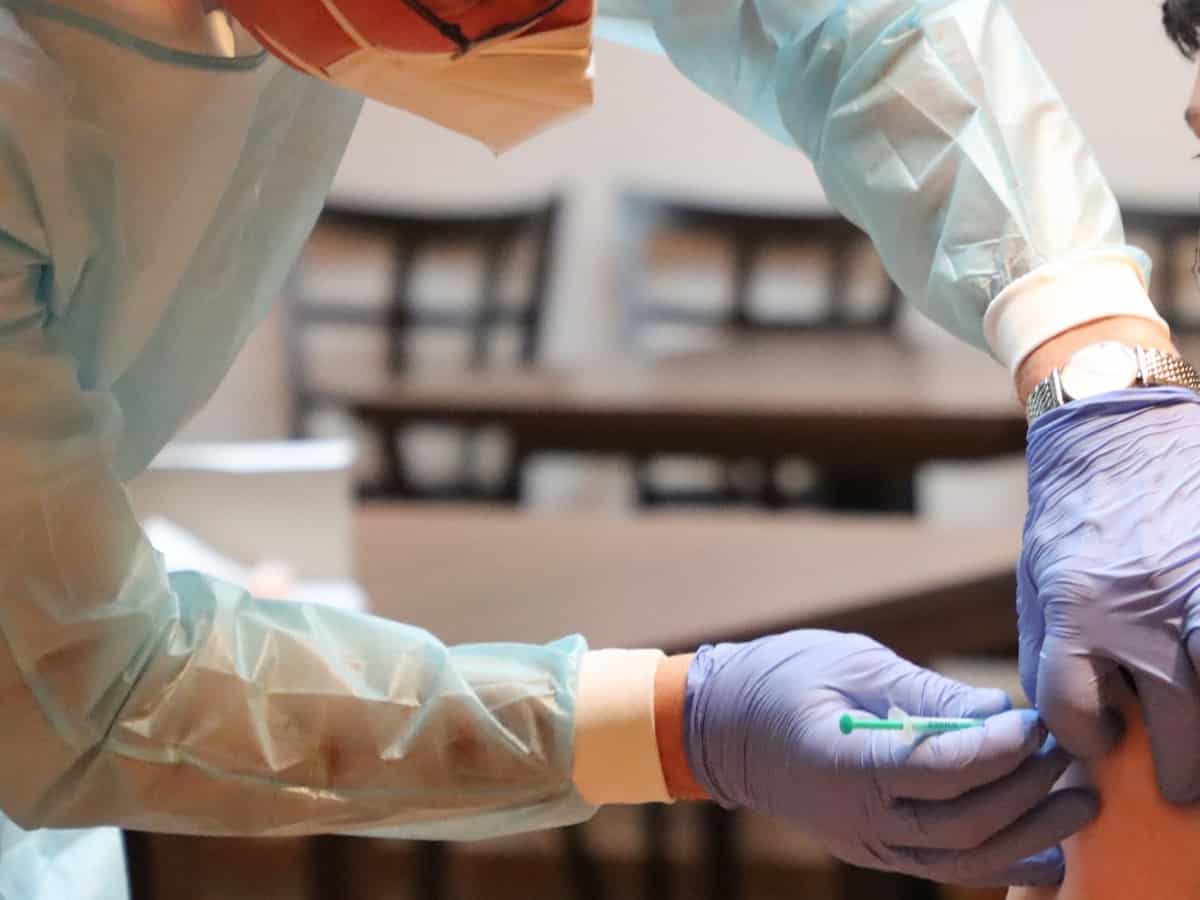
New York: Covid-19 vaccination helped reduce disparities in disease incidence between low and high-income communities, according to a new analysis.
While lower-income communities had lower vaccination rates than higher-income communities, the impact of vaccination on disease incidence was larger in lower-income communities. As a result, researchers said, vaccination led to reduced income-related disparities in Covid incidence.
The findings were published in the Morbidity and Mortality Weekly Report, a publication of the Centers for Disease Control and Prevention (CDC).
“This study is a unique demonstration of how vaccination promotes health equity,” said Timothy Daskivich, Assistant Professor of Surgery at Cedars-Sinai.
The findings also serve as a model for future pandemics and mass vaccination needs across the country, said Daskivich.
“This study shows the benefit of prioritising vaccine efforts in underserved communities to reduce disparities and improve overall population health,” Daskivich said.
The analysis included vaccination and reported Covid-19 illness data from 81 Los Angeles communities, representing more than 5 million people.
Researchers pointed to public health programmes that helped reduce disease incidence disparities. For instance, efforts in California included allocating 40 per cent of vaccination appointments to communities in the lowest quartile early in the vaccine rollout.
“Our study highlights the importance of improving vaccination access and reducing vaccine hesitancy in underserved communities to reduce disparities in Covid-19 incidence,” said Brennan Spiegel, director of Health Services Research at Cedars-Sinai.
“Reducing barriers to vaccination in lower-income communities, including providing updated Covid-19 vaccine boosters, is critical to reducing disparities in disease burden and decreasing Covid-19-related illness,” he added.
